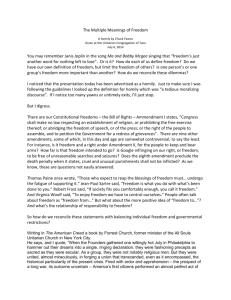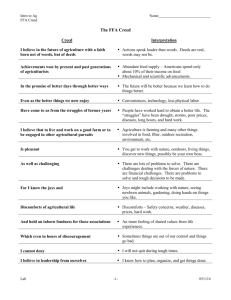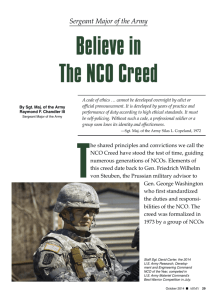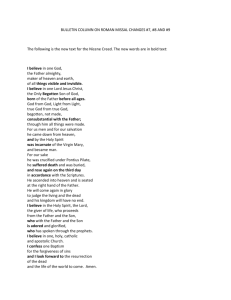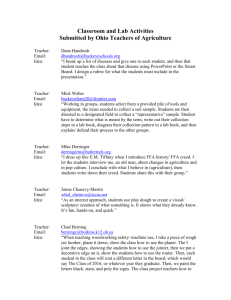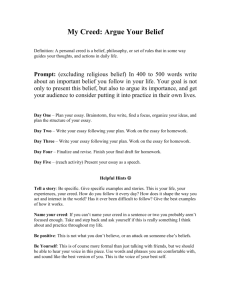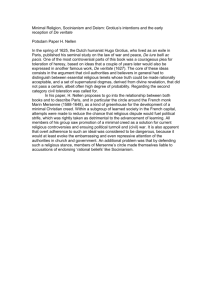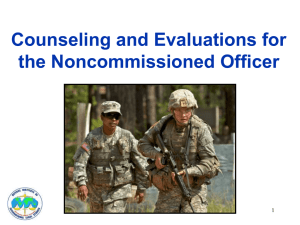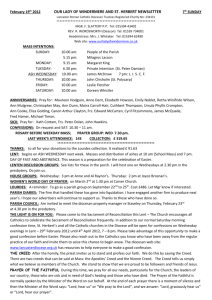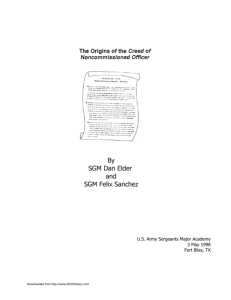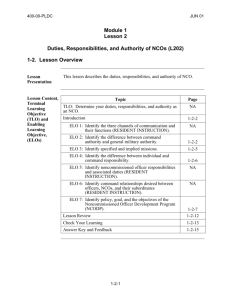Who wrote the Creed - Squad
advertisement
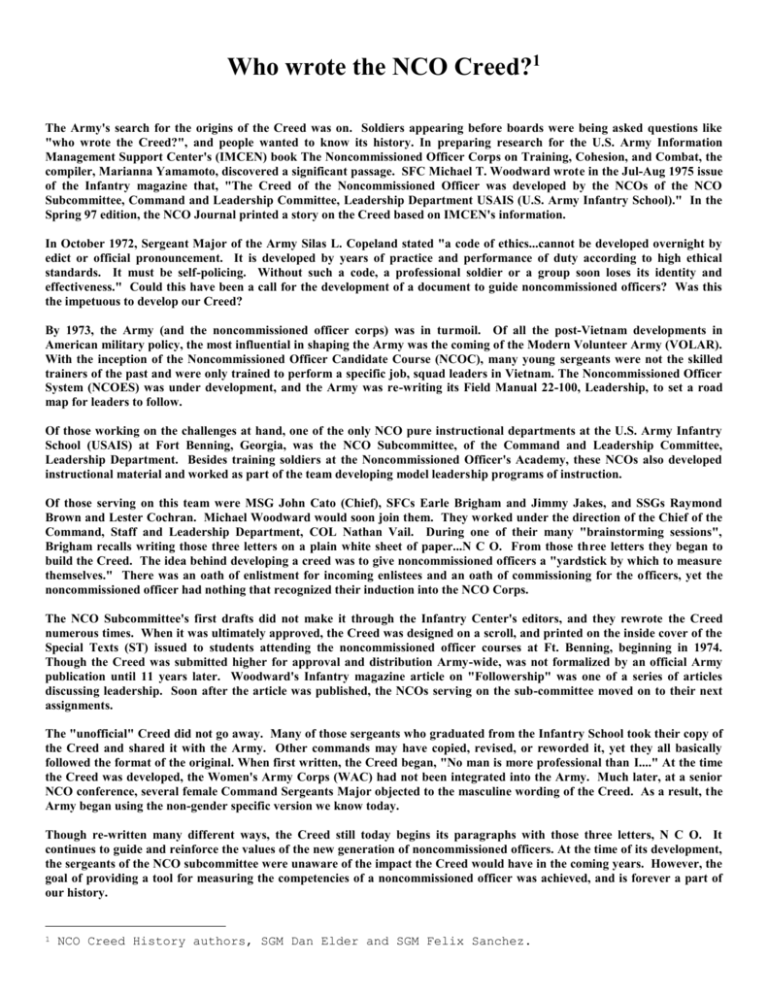
Who wrote the NCO Creed?1 The Army's search for the origins of the Creed was on. Soldiers appearing before boards were being asked questions like "who wrote the Creed?", and people wanted to know its history. In preparing research for the U.S. Army Information Management Support Center's (IMCEN) book The Noncommissioned Officer Corps on Training, Cohesion, and Combat, the compiler, Marianna Yamamoto, discovered a significant passage. SFC Michael T. Woodward wrote in the Jul-Aug 1975 issue of the Infantry magazine that, "The Creed of the Noncommissioned Officer was developed by the NCOs of the NCO Subcommittee, Command and Leadership Committee, Leadership Department USAIS (U.S. Army Infantry School)." In the Spring 97 edition, the NCO Journal printed a story on the Creed based on IMCEN's information. In October 1972, Sergeant Major of the Army Silas L. Copeland stated "a code of ethics...cannot be developed overnight by edict or official pronouncement. It is developed by years of practice and performance of duty according to high ethical standards. It must be self-policing. Without such a code, a professional soldier or a group soon loses its identity and effectiveness." Could this have been a call for the development of a document to guide noncommissioned officers? Was this the impetuous to develop our Creed? By 1973, the Army (and the noncommissioned officer corps) was in turmoil. Of all the post-Vietnam developments in American military policy, the most influential in shaping the Army was the coming of the Modern Volunteer Army (VOLAR). With the inception of the Noncommissioned Officer Candidate Course (NCOC), many young sergeants were not the skilled trainers of the past and were only trained to perform a specific job, squad leaders in Vietnam. The Noncommissioned Officer System (NCOES) was under development, and the Army was re-writing its Field Manual 22-100, Leadership, to set a road map for leaders to follow. Of those working on the challenges at hand, one of the only NCO pure instructional departments at the U.S. Army Infantry School (USAIS) at Fort Benning, Georgia, was the NCO Subcommittee, of the Command and Leadership Committee, Leadership Department. Besides training soldiers at the Noncommissioned Officer's Academy, these NCOs also developed instructional material and worked as part of the team developing model leadership programs of instruction. Of those serving on this team were MSG John Cato (Chief), SFCs Earle Brigham and Jimmy Jakes, and SSGs Raymond Brown and Lester Cochran. Michael Woodward would soon join them. They worked under the direction of the Chief of the Command, Staff and Leadership Department, COL Nathan Vail. During one of their many "brainstorming sessions", Brigham recalls writing those three letters on a plain white sheet of paper...N C O. From those three letters they began to build the Creed. The idea behind developing a creed was to give noncommissioned officers a "yardstick by which to measure themselves." There was an oath of enlistment for incoming enlistees and an oath of commissioning for the officers, yet the noncommissioned officer had nothing that recognized their induction into the NCO Corps. The NCO Subcommittee's first drafts did not make it through the Infantry Center's editors, and they rewrote the Creed numerous times. When it was ultimately approved, the Creed was designed on a scroll, and printed on the inside cover of the Special Texts (ST) issued to students attending the noncommissioned officer courses at Ft. Benning, beginning in 1974. Though the Creed was submitted higher for approval and distribution Army-wide, was not formalized by an official Army publication until 11 years later. Woodward's Infantry magazine article on "Followership" was one of a series of articles discussing leadership. Soon after the article was published, the NCOs serving on the sub-committee moved on to their next assignments. The "unofficial" Creed did not go away. Many of those sergeants who graduated from the Infantry School took their copy of the Creed and shared it with the Army. Other commands may have copied, revised, or reworded it, yet they all basically followed the format of the original. When first written, the Creed began, "No man is more professional than I...." At the time the Creed was developed, the Women's Army Corps (WAC) had not been integrated into the Army. Much later, at a senior NCO conference, several female Command Sergeants Major objected to the masculine wording of the Creed. As a result, the Army began using the non-gender specific version we know today. Though re-written many different ways, the Creed still today begins its paragraphs with those three letters, N C O. It continues to guide and reinforce the values of the new generation of noncommissioned officers. At the time of its development, the sergeants of the NCO subcommittee were unaware of the impact the Creed would have in the coming years. However, the goal of providing a tool for measuring the competencies of a noncommissioned officer was achieved, and is forever a part of our history. 1 NCO Creed History authors, SGM Dan Elder and SGM Felix Sanchez.
